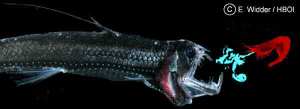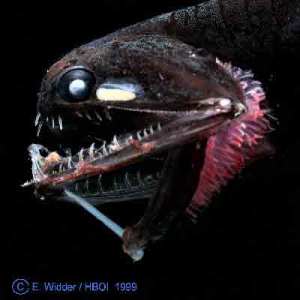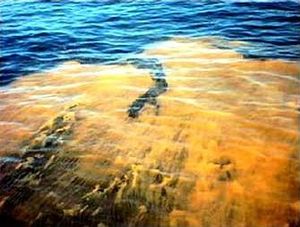That’s right. Whales are covered in blubber because they are mammals like you and I. Now the fish in the sea are another story. You might not realize it, but, if you’ve ever had the opportunity to touch a shark they are covered in scales just like other bony fish. There are several main types of scales that cover fish. See if you can figure out which cover sharks.
1.) Ctenoid scales: These scales are comb-like with the ends having small teeth-like structures.
2.) Ganoid scales: These scales are heavy and diamond-shaped.
3.) Cycloid scales: These are round scales with smooth edges.
4.) Cosmoid scales: These scales are very hard and covered in enamel.
5.) Placoid scales: These scales have teeth-like edges. They are different than ctenoid scales because they lack they rounded front.
Scales grow out of the skin and have modified to quite a few different versions over the years. In fact, the feathers of a bird are a type of evolved scale!















What people are saying …